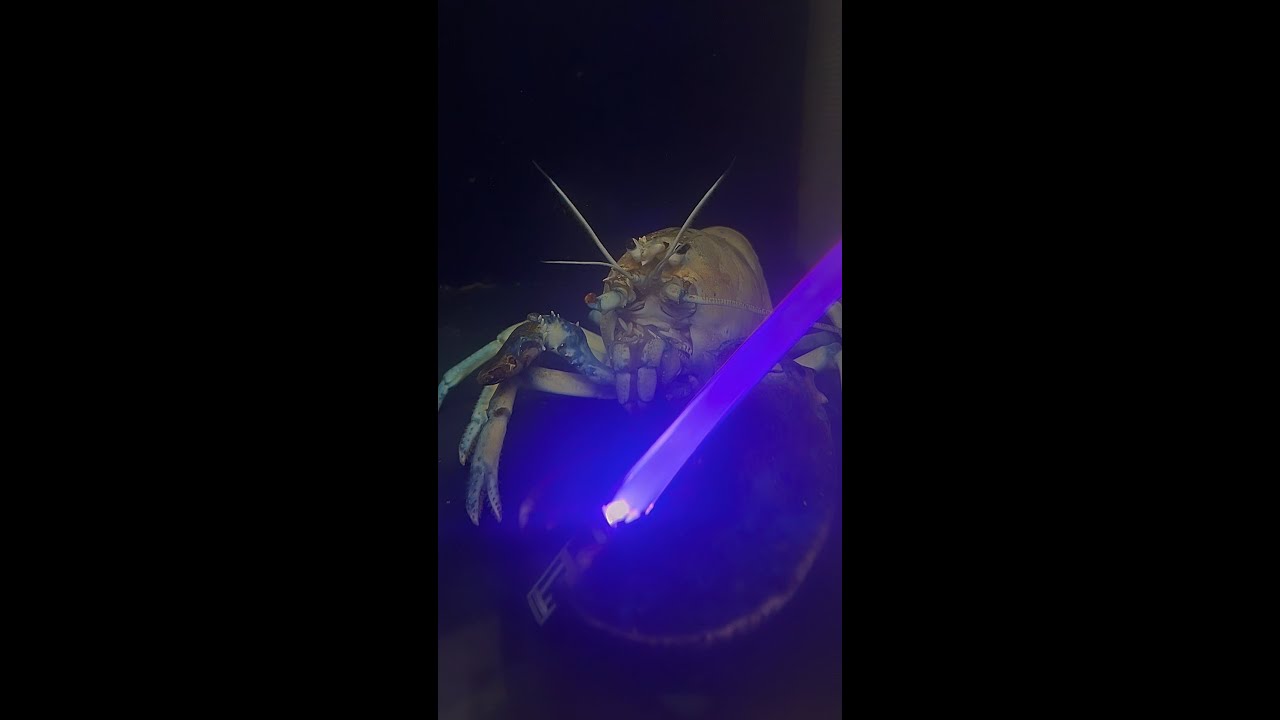- The whimsical concept of lobsters wielding lightsabers and its impact on popular culture.
- Biological features of lobsters, highlighting their unique adaptations and behaviors.
- Conservation challenges facing lobster populations and their marine ecosystems.
- The role of zoo management in educating the public about marine life and conservation.
- Innovative approaches to wildlife conservation, with a focus on crustaceans.
The idea of lobsters wielding lightsabers is a fascinating mix of science fiction and marine biology. This whimsical concept has captured the imagination of many, drawing interest from pop culture enthusiasts and marine life lovers alike. While the imagery might evoke chuckles, it serves as an excellent gateway to delve deeper into real-world issues surrounding lobsters and their habitats. By exploring lobsters’ biological characteristics and conservation needs, we can better appreciate these crustaceans and the ecosystems they inhabit.
Lobsters are fascinating creatures, known for their distinctive claws and hard exoskeleton. These marine crustaceans have evolved over millions of years, developing features that allow them to thrive in diverse underwater environments. Unlike the fanciful depiction with lightsabers, lobsters actually use their powerful claws as weapons. These claws are specialized, with one often larger for crushing prey and the other for cutting. This adaptation illustrates the evolutionary ingenuity that has enabled lobsters to become formidable hunters and defenders in their natural habitats.
Beyond their claws, lobsters exhibit other remarkable biological features. They have a complex nervous system with a decentralized arrangement, making it unique among arthropods. Their ability to regenerate lost limbs is another adaptation that aids in survival. Lobsters also possess specialized gills that enable them to extract oxygen from water, reflecting their adaptation to a marine environment. These characteristics underscore the uniqueness of lobsters and their ability to flourish in underwater ecosystems.
However, lobsters are facing significant conservation challenges. Overfishing, climate change, and habitat destruction threaten their populations. The delicate marine ecosystems where lobsters reside are impacted by human activities, such as pollution and ocean acidification. These threats require urgent attention from conservationists to preserve biodiversity and sustain marine life. Sustainable fishing practices are being advocated to balance the needs of industries and the health of lobster populations.
In this context, the role of zoo management becomes crucial. Zoos and aquariums not only provide a refuge for marine species but also play a pivotal role in educating the public on conservation issues. Interactive exhibits involving marine life captivate audiences, fostering a deeper understanding of aquatic ecosystems. By facilitating such educational experiences, these institutions help nurture a sense of responsibility towards protecting marine life.
Wildlife conservation strategies are evolving, focusing on innovative methods to safeguard species like lobsters. Marine protected areas, for example, provide safe havens where human influence is minimized. These zones allow ecosystems to recover and thrive, benefiting lobsters and other marine organisms. Additionally, advancements in aquaculture technology offer alternatives to wild harvesting, helping reduce the pressure on natural populations. By cultivating lobsters in controlled environments, scientists can study their needs and develop better conservation practices.
The imaginative portrayal of lobsters with lightsabers highlights a unique intersection between popular culture and wildlife education. While it entices with humor, it presents an opportunity to illuminate important aspects of marine biology and conservation. Understanding the intricacies of lobster behavior and addressing threats to their survival can foster greater appreciation for these creatures and encourage conservation efforts.
In summary, exploring the science behind lobsters, their ecological importance, and the conservation challenges they face can transform how we perceive marine life. Lobsters wielding lightsabers might be a lighthearted concept, yet it serves as a catalyst for engaging discussions on biodiversity, zoo management, and innovative conservation approaches. Through knowledge and action, we can work towards a better future for lobsters and their underwater worlds.
*****
Source Description
Something you didn’t know you needed to see: Lobsters with lightsabers! 🦞💫
Lobsters use their claws to grab and manipulate objects, including food and, apparently, chopstick lightsabers.
As a form of enrichment, we gave a few of our lobsters something new to explore and hold, encouraging natural behaviors through playful interaction. Lobsters have two specialized claws: the crusher claw, used for smashing shells, and the cutter claw, designed for tearing and holding. These powerful pincers are essential for eating, defense, and even (lightsaber?) duels with other lobsters.
May the force be with them this #StarWarsDay!
#MayTheFourth #Lobsters #Lightsabers


